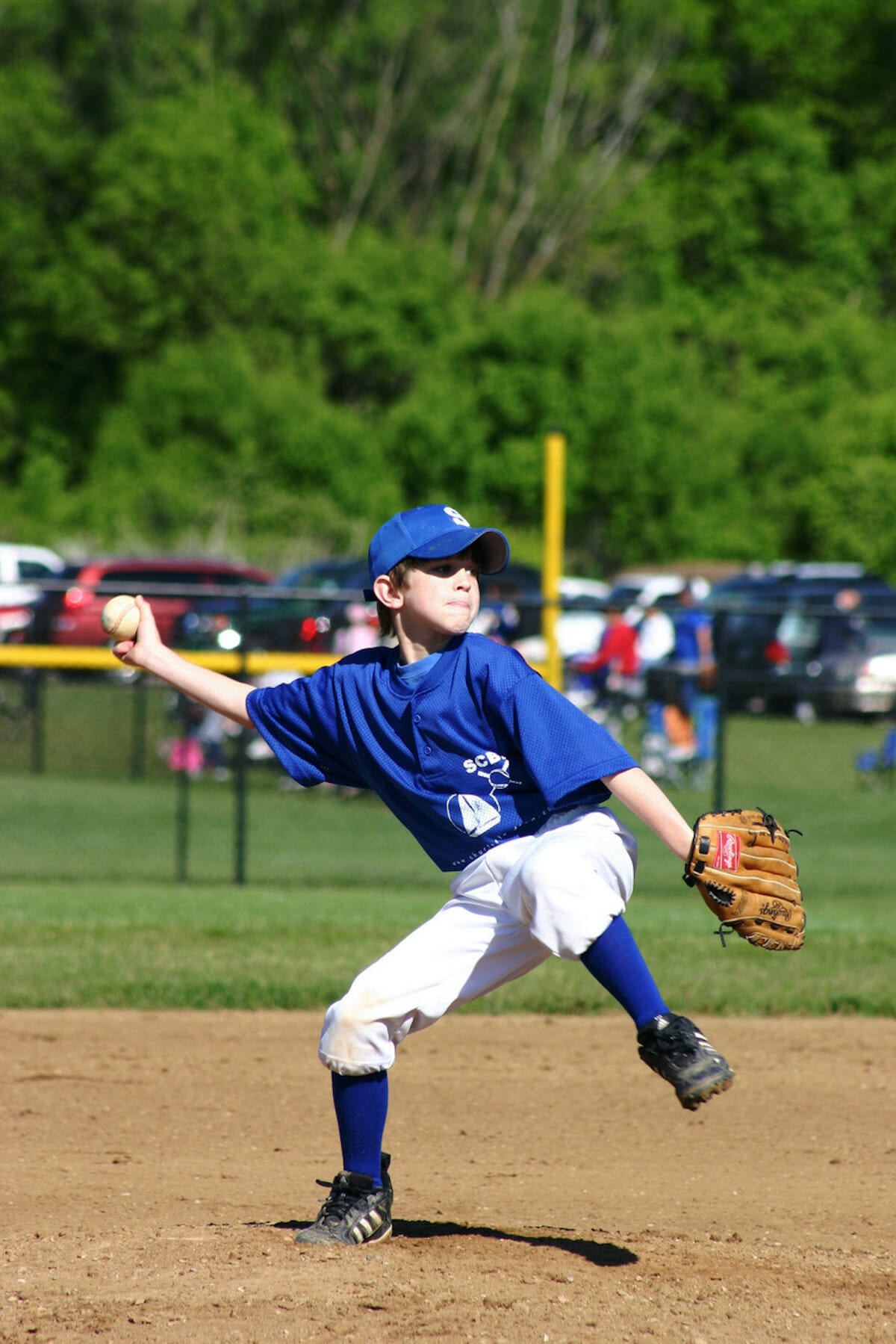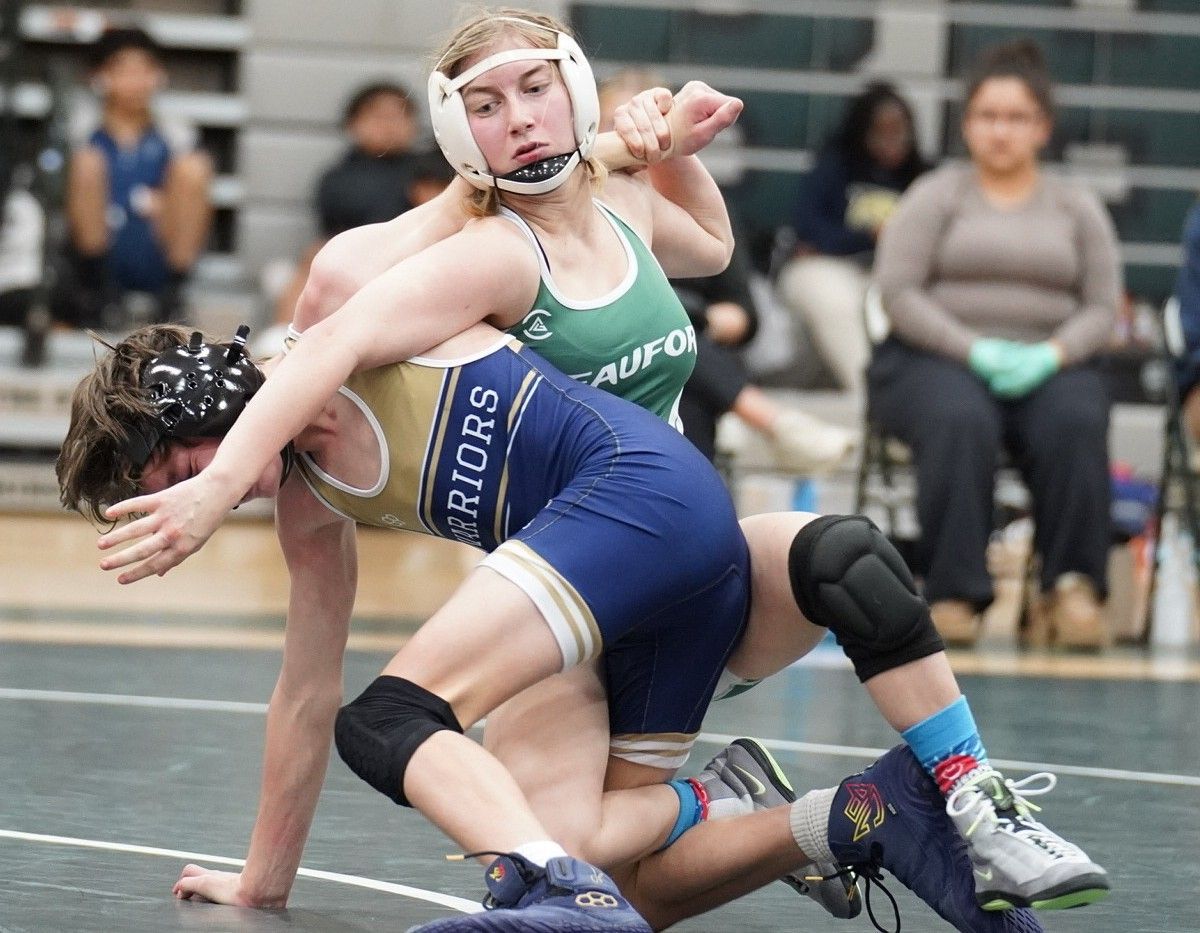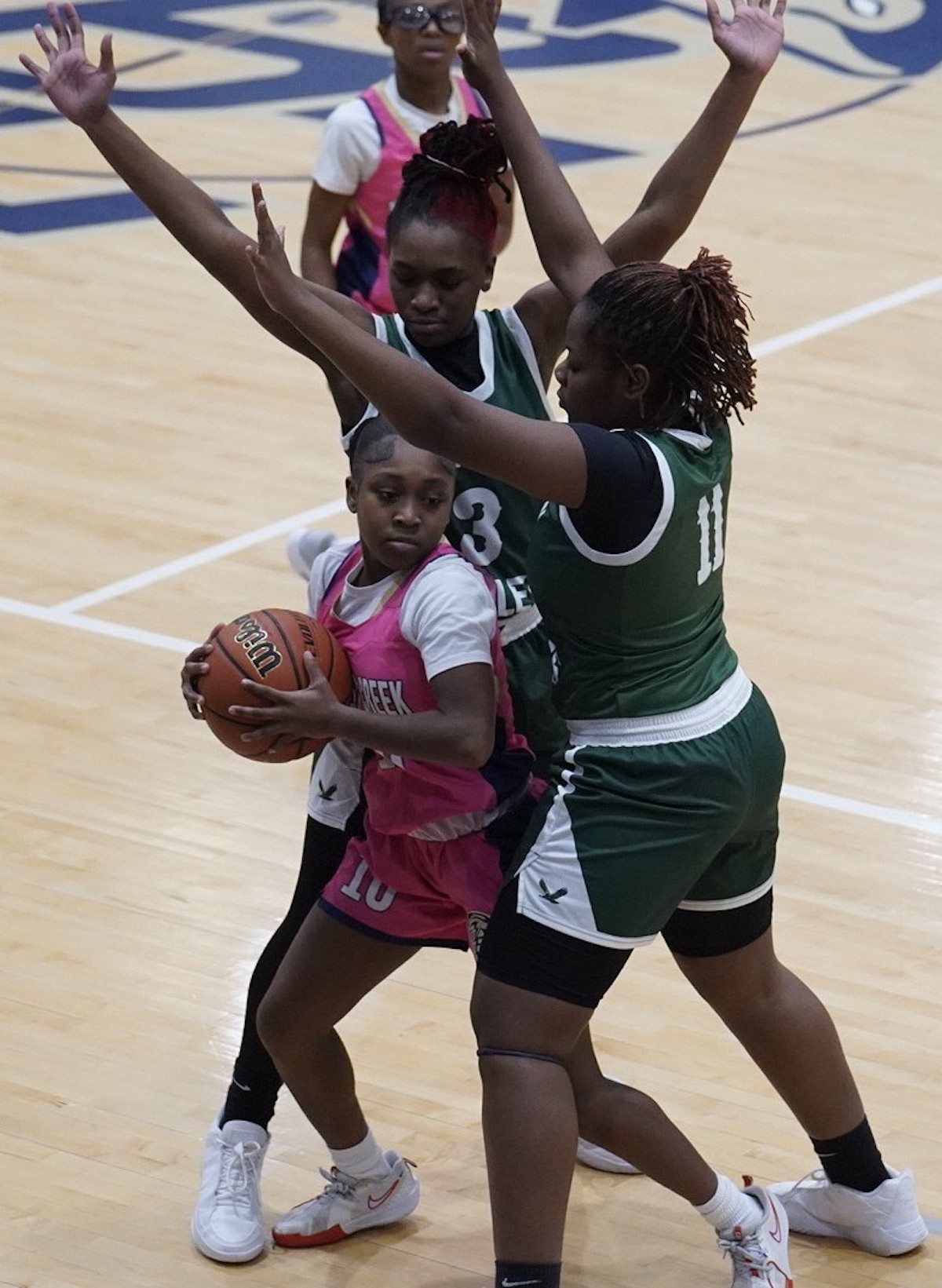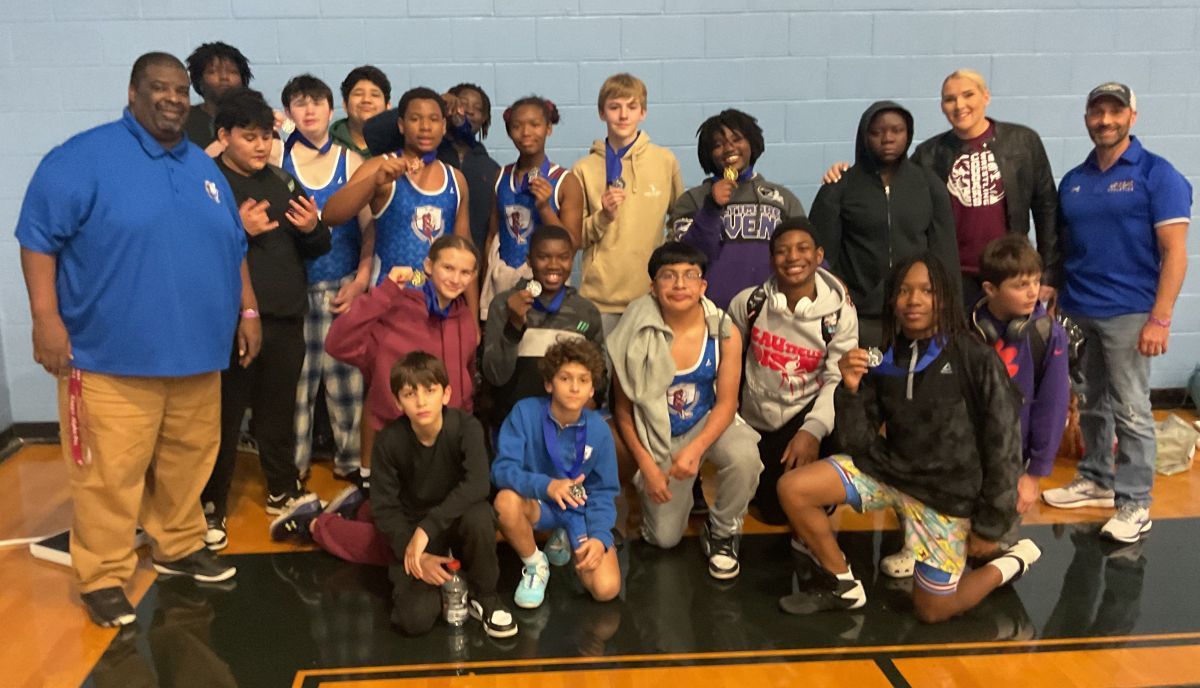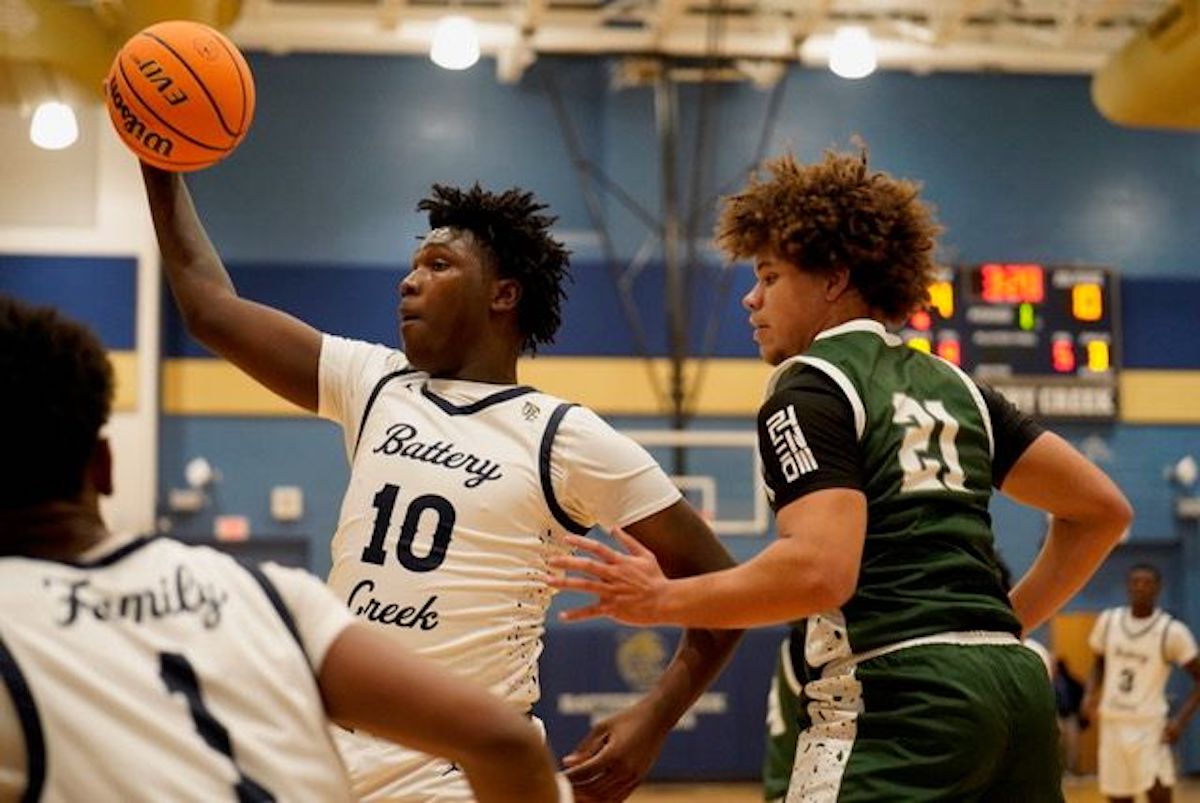As the number of children and teenagers return to organized sports, injuries in those sports rise also.
The importance of the preseason physical examination and preparticipation evaluation of sports candidates is highlighted because it constitutes one of the few occasions in which the physician can actively prevent sports injuries from occurring.
As pre season exercise participation continues to increase, an understanding of the goals and objectives of such a pre-exercise evaluation are important. The need is for a consistent understanding of adjusting the evaluation to the age of the candidate, the type of sport to be engaged in and the anticipated level of competition. Essentials of any evaluation are musculoskeletal, cardiovascular and psychological examinations. Examinations should have clearly defined objectives, and factors determining the type of evaluation include: prospective athlete; contemplated exercise programme; and motivation. Different types of implementation are individual examinations, locker room technique and the station technique, each with advantages and disadvantages. A pre-exercise evaluation should always occur before any anticipated change in level of school or competition with an interval or intercurrent history and physical examinations occurring at regular intervals. It is important that examinations take place before the commencement of a sports season so previous injuries and problems can be dealt with; timing is vital. Contents of a pre-exercise physical examination should include history, a physical examination, laboratory testing and additional specific screening evaluations. Finally, assessment of the pre-exercise evaluation and injury prediction will aid physicians in preparticipation evaluations.
Many injuries occur because young people are not being taught how to prepare to play a sport or how to protect against the types of injuries common to that sport.
In fact, many times children are encouraged to think it’s more sportsmanlike to continue playing after a possible injury. Often, coaches for community league teams are volunteers who have no training in recognition and care of injuries. They tend to put more emphasis on winning at any cost, than on team play, sportsmanship, having fun while playing, and safety. Consequently, at this very vulnerable time of life, children are being exposed to serious injury. Because children and teenagers are still growing, they need to be especially aware that injuries to the growth plates at the ends of the long bones in legs, arms, and hands, plus joint injuries, to the knees, elbows, or ankles, may lead to lifelong problems.
Before a playing season begins, leagues should schedule information sessions in which a sports trainer or physical therapist addresses the group about prevention of injuries specific to that sport.
Parents have to be the first line of defense. They should make sure the coaching team has training in ageappropriate exercise, first aid, and injury prevention. Parents should also observe how coaches interact with athletes during the games. Do they enforce the safety rules and encourage safe play?
Common Sports Injuries
The more contact there is in a sport, the higher the risk of injury. Football, hockey, soccer, and baseball produce more injuries than swimming or golf.
Each sport has its own special types of injuries based on the amount of twisting and turning, how much running is involved, and other similar factors. Youth
sports injuries involve torn or stretched ligaments, tendons, or muscles more often than they do actual broken bones.
Injury Prevention
To prevent or reduce the possibility of injury, parents and coaches must help
children and adolescents to:
- Get a physical exam before beginning an organized sport.
- Take things slowly at first. Get in good condition. Strengthen muscles and do conditioning and warm-up exercises for flexibility.
- Wear the proper equipment. Use protective gear as called for in the sport such as pads, helmets, and mouthpieces as well as protective eyewear.
- Play by the rules, since rules usually take into account the safety of the player as well as the advancement of the game.
- Rest both before and during play. Rest prevents fatigue, overuse of muscles, and bad judgment.
- Avoid heat injury by drinking liquids, wearing light clothing, and not playing in periods of high heat. This is especially important here in the South.
- Stop playing and tell someone if they are in pain, no matter how the score stands. Pain indicates a problem that needs to be checked out. No player is indispensable to the game, especially at the risk of lifelong problems from an untreated injury.
When Injuries Happen
- Make sure someone with medical training is standing by at sporting events
to check out injuries as they occur.
- Make sure first aid equipment and supplies are at hand. Be prepared to call 911 or head for the nearest emergency department in case of serious problems such as head injuries or possible broken bones.
- If a child complains later or shows signs of injury, such as persistent pain, loss of motion, or swelling around a joint, have the child checked immediately by a doctor.
Q: Which is better for an acute sports injury: heat or ice?
A: For an acute (recent) injury, always use cold therapy—ice bags, Styrofoam ice cups, or even frozen peas. Keep the ice on the injury for 20 to 30 minutes and then remove it for 30 to 60 minutes; repeat this throughout the day, especially for the first two or three days. Ice helps constrict blood vessels and reduce swelling. It also helps reduce pain. Unlike ice, heat causes more blood to flow to the injured area and can increase swelling. Ice is part of immediate treatment for sports injuries known as PRICES: Protection to prevent further injury, Rest, Ice, Compression (e.g., an ace bandage), Elevation, and Support (e.g., a splint, brace, or crutches, if needed).
Q: When does an injured child need to see a doctor?
A: If the injury is severe or potentially severe, the child needs to see a doctor. Severe injuries include an obvious fracture or dislocation of a joint, prolonged swelling (especially within a joint), or prolonged or severe pain.If the injury alters the athlete’s performance or function, it should be evaluated. Recurrent pain or constant soreness to a body area may indicate an overuse injury that may need to be checked out. Often, the child or teen will not tell the coanch or family about the injury, so it is important to be observant.
NOTE: The information provided is not meant to diagnose or treat possible health problems. Consult your health care provider if you have any questions or concerns about youth sports injury.
Information provided by www.niams.nih.gov; www.safeusa.org; www.aap.org


